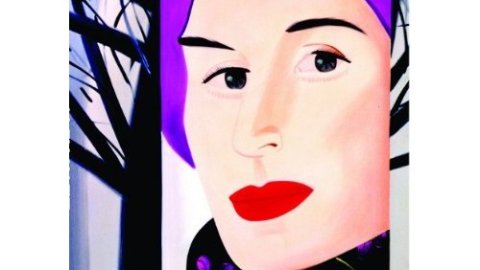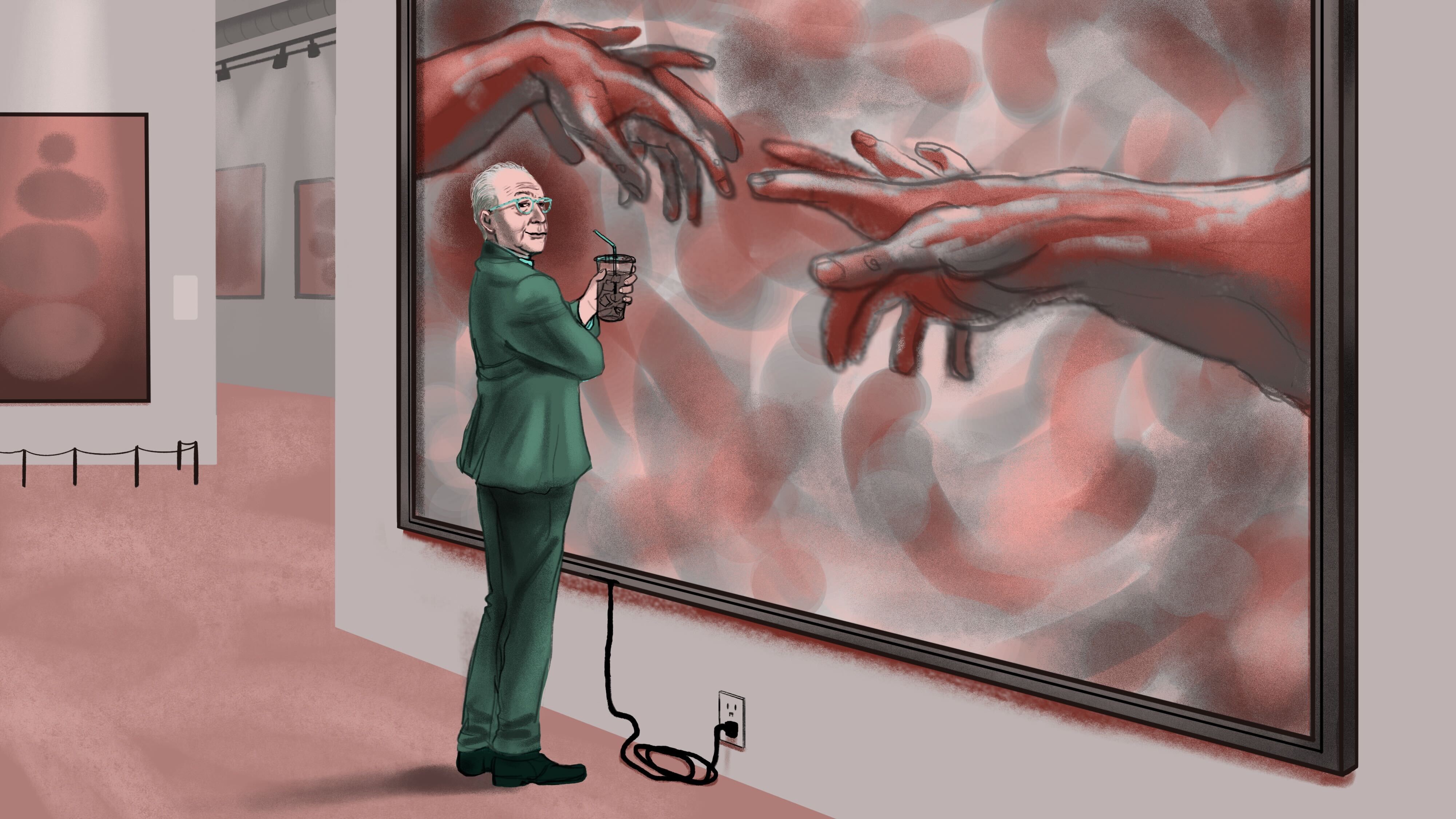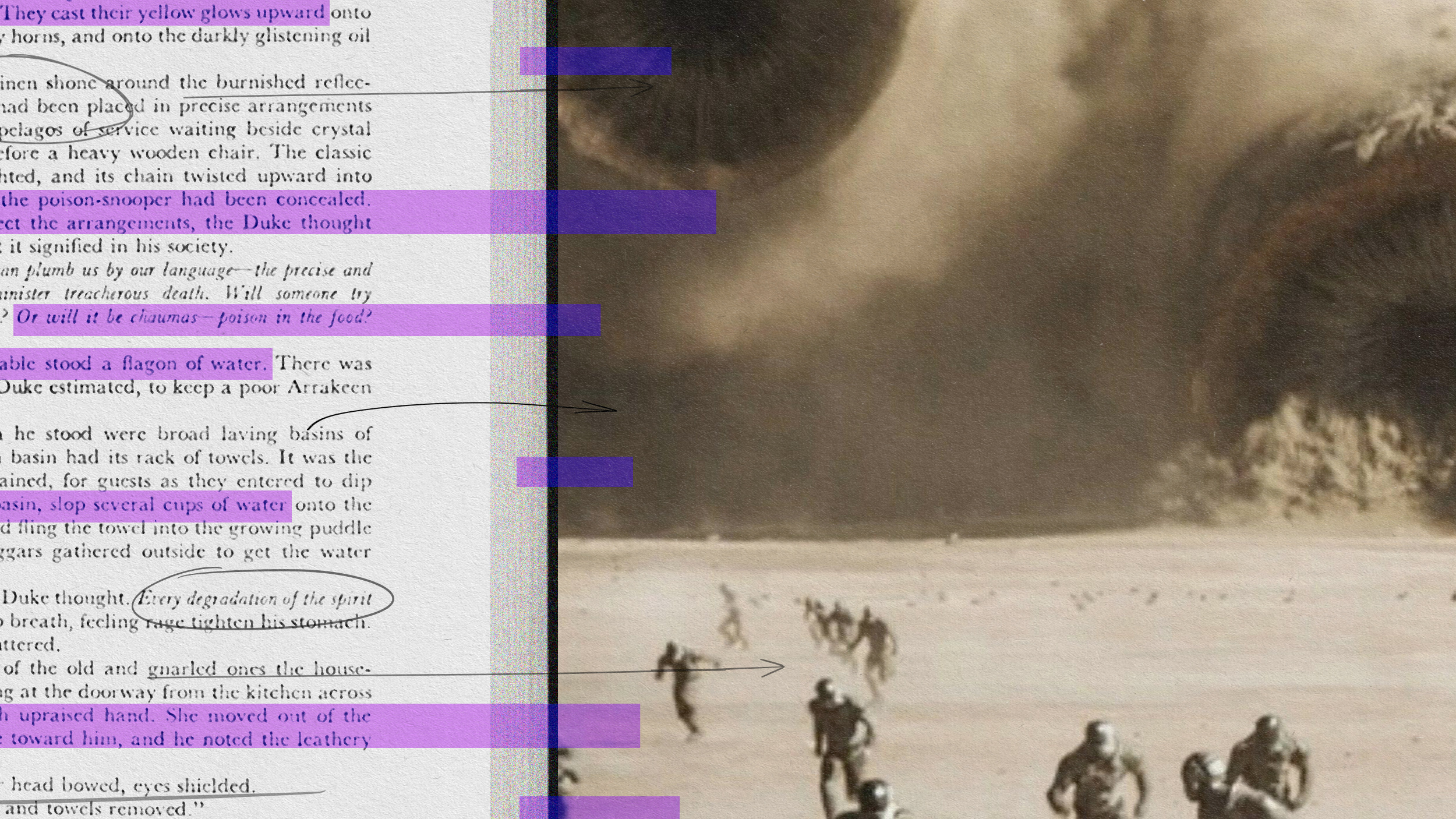Watching Paint Dry: Alex Katz: Five Hours

It’s usually a tie between watching paint dry and watching grass grow for the title of most boring thing to do ever. Watching the paint dry and, more importantly, flow in Alex Katz: Five Hours, however, may be the most fascinating thing you’ll find yourself watching. Renowned American portraitist Alex Katz allowed himself to be filmed in 1992 painting January III, a triptych featuring a portrait of his wife Ada flanked by a wintry forest, from beginning to end over the course of five hours. Boiled down to 20 minutes, those five hours seem like an eternity—in a good way.
Katz allowed his son, Vincent Katz, and daughter-in-law, Vivien Bittencourt, to film him painting in his studio. Perhaps only a blood relationship could coax the artist to work on the record. Many artists famously refuse to be filmed in the act of creation. Andrew Wyeth infamously refused to be filmed or even photographed with pencil or brush in hand. Like magicians loath to reveal trade secrets, painters hate to have eyes peeking at unfinished work. Yet, without such documentation, we’d never know the process by which these masterpieces are made.
Even more fascinating than the physical details revealed by Alex Katz: Five Hours are the intellectual details. You can almost hear the wheels spinning in Katz’s head as he turns from the canvas back towards preliminary drawings and painted sketches on the walls and even on the floor of his studio. Katz follows and disregards these guides by turns, sometimes following earlier decisions and sometimes making new ones on the spot. The music of Meredith Monk provides not only a soundtrack to the film, but also a soundtrack to the artist’s mind—pulsing and whirling about even when he seems at his most still.
Although Alex Katz: Five Hours made its debut in 1996, this DVD release comes at the perfect time as a harbinger of the great things expected from the Katz exhibition opening in May 2010 at the National Gallery of Art in London. Katz remains a true American original who has perfected a cool style of portraiture as well as an almost Asian, Zen-like style of landscape, both of which appear in January III. The deceptive simplicity of his portraits masks the meticulous modeling of their features and the laser-like focus on the essentials of the individual’s being. Sadly, mainstream success on American soil continues to elude Katz, who at 83 is just now finding full acceptance as a major American painter of the second half of the twentieth century. If you know nothing of Katz’s work, you should—he’ll be a standard name in the art history texts you’re children and grandchildren will be reading. If you know Katz and want to know more, watch some paint dry and witness a brilliant creative mind at work.
[Many thanks to Microcinema for providing me with a review copy of Alex Katz: Five Hours.]





